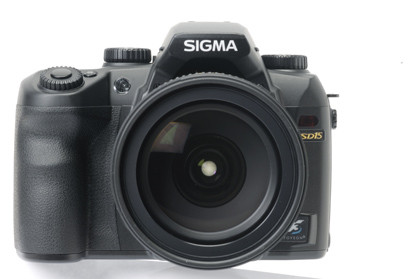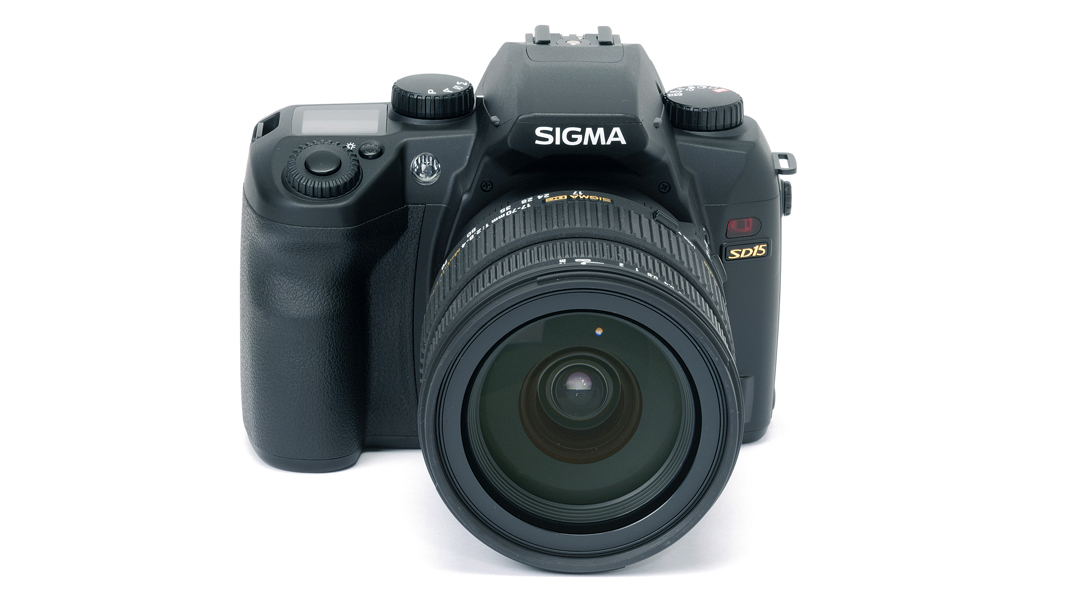Why you can trust TechRadar

So do the SD15's sophisticated metering options help its overall performance? Not exactly.
The standard multi-pattern metering mode proved distinctly unpredictable, especially with high-contrast subjects. A slight difference in viewpoint could produce big differences in exposure, possibly because of the shift in focus point and hence the way the meter reacted to the 'new' subject.
Otherwise, though, the SD15 is very impressive. If you haven't seen what the Foveon sensor can do, you'll be amazed at the clarity of the fine detail it produces. Each pixel is razor sharp. The 17-70mm Sigma lens supplied for this review proved rather good, too, with low levels of distortion, little chromatic aberration and terrific edge-to-edge sharpness.
This camera can't shoot RAW and JPEG files simultaneously, so it's likely most users will choose to shoot RAW. The conversions created by the Sigma Photo Pro software are rich, contrasty and highly saturated – perhaps a little too saturated now and again if you use the Sigma Photo Pro software's automatic setting.
You can also adjust the exposure, colour, white balance and other settings manually, or use the original camera settings. This gives more consistent results, even if it involves a little more work. At low ISOs there's no significant noise at all, but it does increase rapidly as the ISOs go up. This is one area where the SD15 does lag behind conventional D-SLRs.
Having said that, the conversions produced by the Sigma Photo Pro software from ISO1600 originals aren't at all bad, and you can trade off noise against smoothing to get a balance you're comfortable with.

Rod is an independent photographer and photography journalist with more than 30 years' experience. He's previously worked as Head of Testing for Future’s photography magazines, including Digital Camera, N-Photo, PhotoPlus, Professional Photography, Photography Week and Practical Photoshop, and as Reviews Editor on Digital Camera World.
